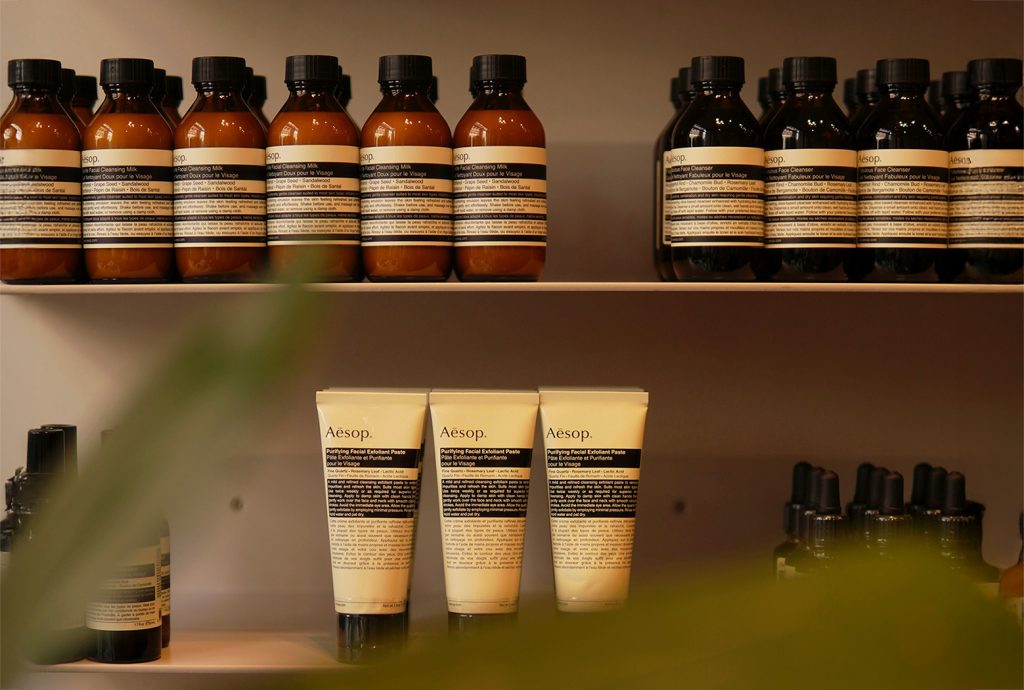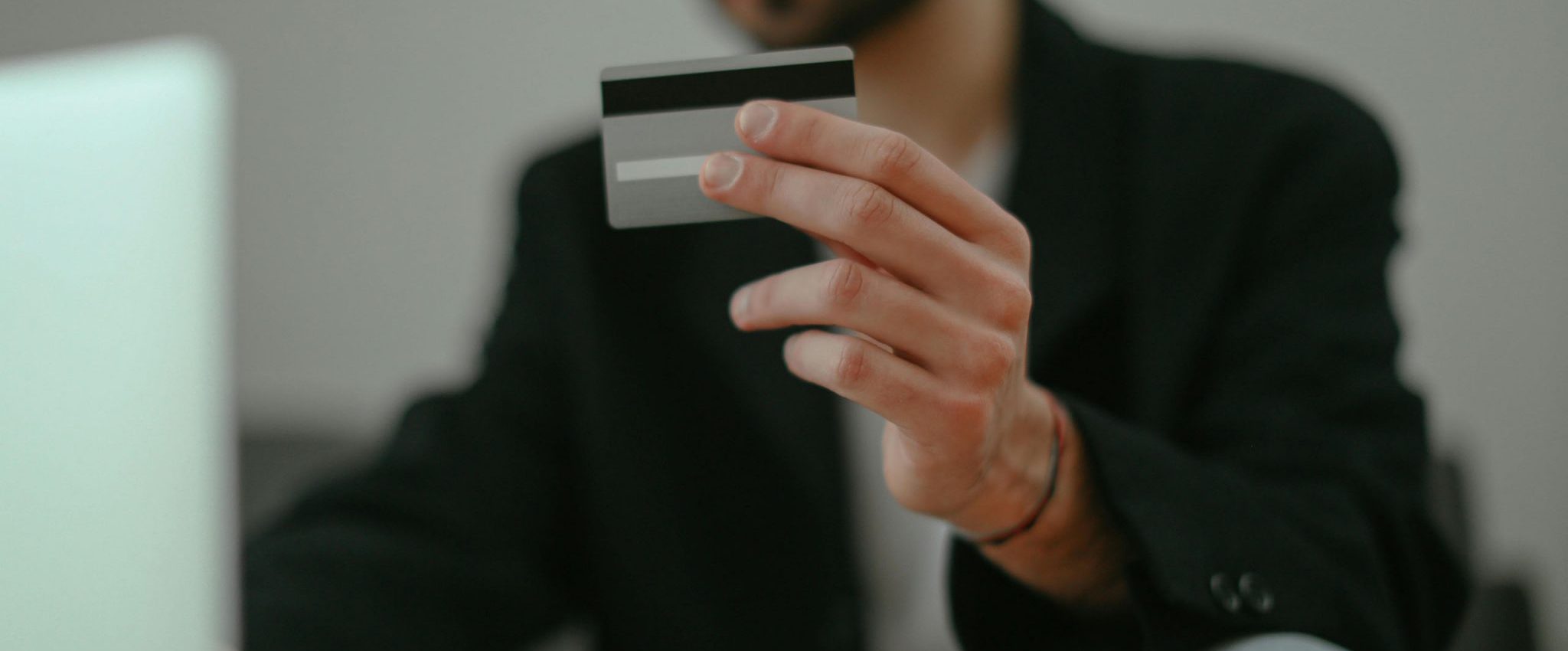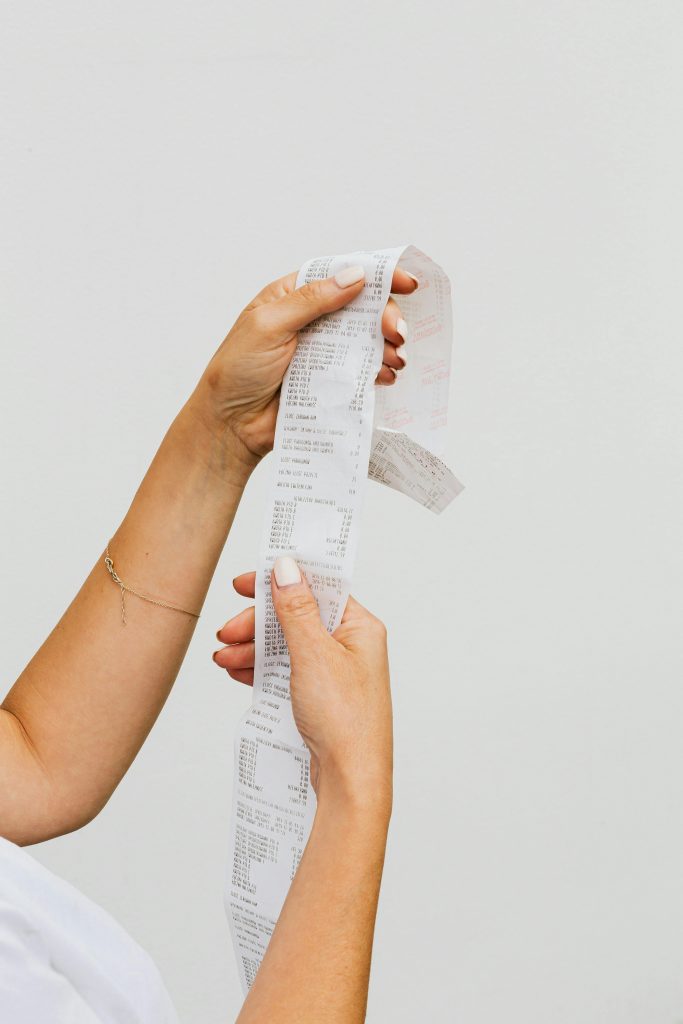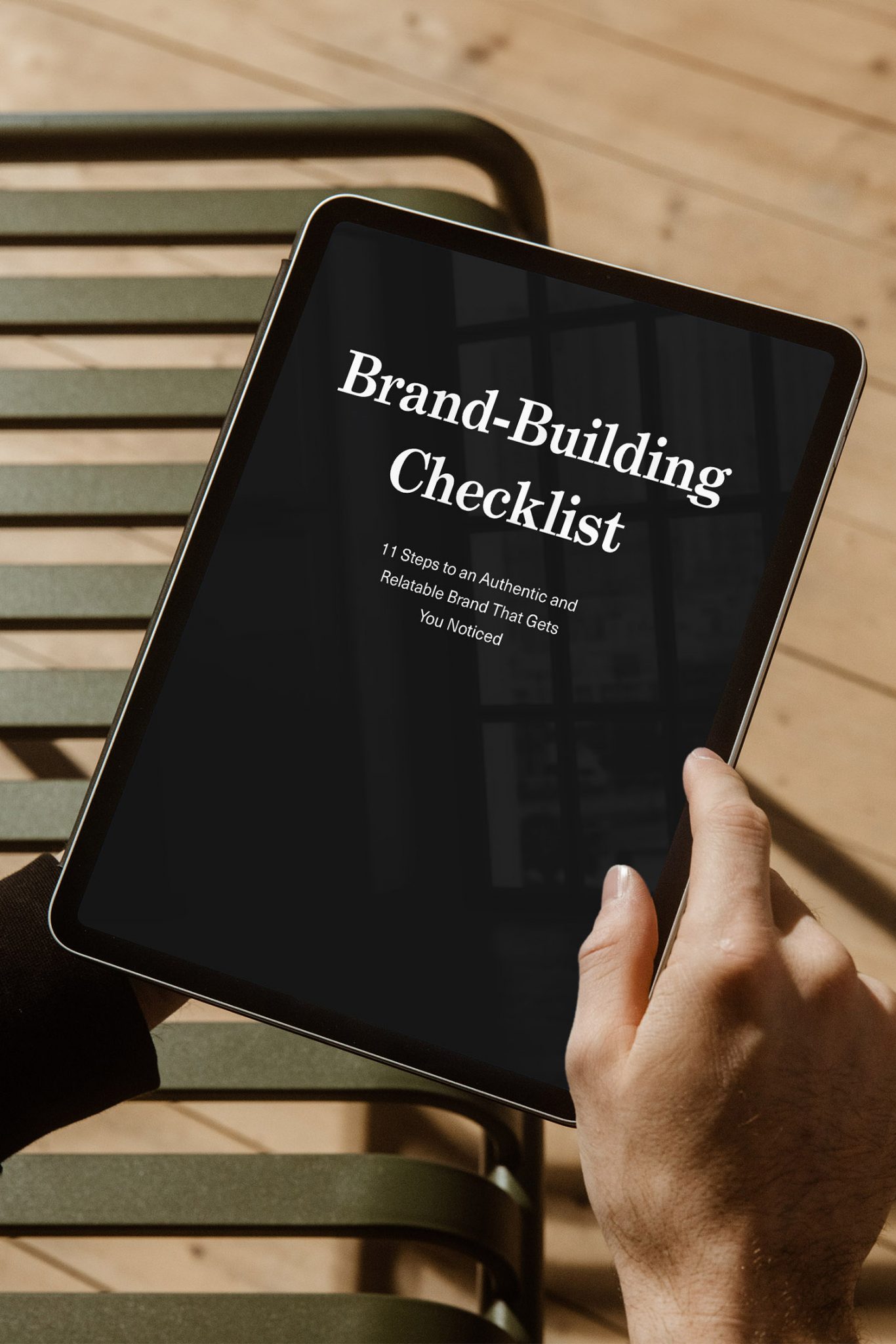Have you ever wondered how businesses use cognitive biases to their advantage?
As humans, we’re not always as rational as we think when it comes to decision-making. We get influenced by so-called cognitive biases—mental shortcuts that help us process information quickly but can also lead to errors in our judgment.
This article will explore ten cognitive biases used in marketing and branding and how your business can leverage them, too.
By tapping into these biases, you can influence consumer behaviour, strengthen your brand, and increase sales. But remember, always use these tactics responsibly and genuinely!
1. Social Proof
Brands can leverage this cognitive bias by emphasising the positive experiences of satisfied customers or showing that many others have already benefited from their products or services.
The use of social proof in marketing adds credibility. Customer reviews, testimonials and other popularity metrics reassure potential buyers that others have also had positive experiences with your brand—and it’s a safe choice.
Examples
- Airbnb leverages social proof by showcasing reviews from previous guests, giving potential customers a sense of security and confidence before booking a stay.
- Uber builds trust through social proof by displaying driver ratings and the number of trips completed, reassuring new users about the quality and reliability of their service.
- Spotify uses curated playlists and user statistics to encourage people to explore new music.

2. Scarcity
Brands can tap into our tendency to value rare or limited items by creating a sense of urgency.
Scarcity makes products feel more desirable by emphasising their limited availability. That’s why businesses use limited-time offers, exclusive releases, or low-stock warnings to encourage quick action. These tactics motivate buyers to act fast so they don’t miss out.
However, brands should be careful when using scarcity tactics, as they can quickly become manipulative.
Stay honest and transparent about product availability. Don’t pressure customers into making a purchase they may regret.
By being upfront about scarcity and offering fair pricing, brands can build and uphold their customers’ trust and loyalty.
Examples
- Adidas released a limited-edition shoe collection in a co-branding effort with a popular anime series. These shoes were available for a short period, creating high demand among collectors and fans of the series.
- Ogilvy’s KFC campaign in Australia used scarcity to boost sales of French fries by 56% by creating a sense of urgency through copywriting.
- The streetwear brand Supreme uses scarcity by releasing limited-edition collections. This strategy has cultivated a cult-like following, with items selling out quickly and often being resold at higher prices.
3. Halo Effect
We often believe people or things that do well in one area also shine in others, or vice versa.
Brands can take advantage of the Halo Effect by creating one positive aspect, such as a high-quality design (quality brand fonts or colour choices, etc.), which makes the product perceived as more valuable overall.
For example, a soap in well-designed packaging may be perceived as being of higher quality than a soap in poorly designed packaging, even though both might contain the same ingredients.
Want to learn more about the halo effect? My previous blog post gives you five ideas for leveraging it in branding.
Examples
- Apple’s sleek, minimalist product design and packaging create a perception of premium quality—extending to aspects such as the brand’s customer service.
- Nike’s association with top athletes and its powerful, motivational slogans such as “Find Your Greatness” create a “high performance” halo.
- Aesop’s luxurious skincare packaging and curated retail environments convey sophistication and quality. Hence, consumers associate the brand with superior product performance, even though the ingredients in their products are relatively simple.

4. Anchoring Bias
People tend to trust the first information they learn about something when making decisions.
Brands can use the anchoring bias by presenting their product or service compared to a more expensive product or by communicating their key benefit upfront.
Many software companies apply the anchoring bias. They offer different price tiers and present the cheapest offer first, which makes the other options seem more attractive. Thus, customers tend to pick a more expensive option.
Examples
- When selling cars, dealers often introduce a high-end model first. This makes the lower-end versions look more budget-friendly later on.
- Airline services use anchoring by listing a high premium price for first-class tickets alongside a low-budget economy option. This makes the middle-tier option (like Economy Plus) seem more reasonable.
- Dropbox uses anchoring by displaying a high-priced plan (like the Advanced plan) alongside its basic plan. This makes the middle-tier Essentials plan, which offers more features, seem a better deal.

5. Reciprocity
People tend to feel obliged to return favours or kindnesses.
By offering valuable resources like free downloads, samples, or trials, brands can foster a sense of reciprocity in their customers. This encourages customers to feel a desire to reciprocate, whether by buying, recommending or engaging further with the brand.
Examples
- Adobe offers free trials of its software, letting customers try it before buying. This makes people feel like they should return the favour by purchasing the full version.
- Sephora gives away free samples of beauty products. Customers often feel they should buy something in return for the free sample they received.
- Red Bull hands out free drinks at events like sports competitions or festivals, so people buy Red Bull later on.
6. Authority Bias
When people perceive individuals as credible or authoritative, they tend to trust those individuals regardless of whether their opinions are objectively correct.
Brands can leverage this tendency by engaging industry experts, thought leaders or celebrities to increase their own perceived authority and credibility.
Examples
- Colgate features dentists in its advertising and marketing efforts to enhance the perceived authority and credibility of the brand.
- Garnier uses dermatologists to promote their skincare products, leveraging their medical authority.
- GoPro showcases athletes using their cameras in extreme conditions, leveraging the authority of real-world experts to show the product’s durability and performance.
7. Bandwagon Effect
People often share opinions or behaviours just because they are popular.
Brands can use the bandwagon effect by creating a sense of exclusivity for their products or services and emphasising their popularity, especially among specific groups.
Examples
- The Sephora Beauty Insider programme rewards loyal customers with exclusive benefits, such as early access to new products, gifts, and invitations to VIP events.
- Soho House is an exclusive members-only club for creative professionals. Soho House promotes a sense of belonging through its high-profile events, upscale facilities and a very limited number of members allowed in.
- Patagonia uses its commitment to environmental causes to create a sense of community and exclusivity. The brand often highlights how many people are choosing to buy eco-friendly products and support sustainable practices, making customers feel like they’re part of a larger movement.
8. Confirmation Bias
The confirmation bias describes how we take in, interpret, and remember information in a way that confirms our existing beliefs.
Brands can take advantage of this by running ads that match their beliefs and reinforce positive associations.
For example, if a person values sustainability, a brand might show ads highlighting its eco-friendly practices—reinforcing the customer’s belief.
Nothing is wrong with this as long as it remains honest and authentic.
Examples
- Tesla’s marketing often focuses on innovation, clean energy, and reducing dependence on fossil fuels. For customers who value green technology, Tesla’s messaging reinforces their belief in the necessity of sustainable transport options.
- Ben & Jerry’s highlights their commitment to social justice issues, including climate change and racial equity. This reinforces the beliefs of customers who already support these values.
- The luxury watch brand often promotes its products as symbols of success and achievement.
9. Framing
How information is presented—or framed—can significantly influence our perception.
Brands often frame their products or services as solutions to specific problems, which triggers an emotional response from customers.
By presenting their offerings in a particular light, brands reinforce their position in the market, making it easier for customers to see them as the ideal choice for their needs.
Examples
- Dollar Shave Club, a men’s grooming brand, positioned itself as an answer to the problem of overpriced razor blades and offered high-quality razor blades at an affordable price instead.
- In the 1960s, Volkswagen framed its small cars as a smart, efficient choice compared to the larger, gas-guzzling vehicles of the time. By positioning their product under “think small” as the practical and intelligent option, they changed the perception of owning a small car.
- Also in the 1960s, Avis framed itself as the “second best” car rental company, with the slogan “We Try Harder.” By positioning itself as the underdog (behind Hertz), Avis appealed to consumers who valued effort and customer service over simply being the largest brand.
10. Loss Aversion
Loss aversion describes our tendency to feel the pain of losing something more strongly than the pleasure of gaining something of equal value.
Brands can tap into this human tendency by offering a money-back guarantee or trial period to encourage customers to test their products or services risk-free.
Example
Take my experience buying an Ecosa mattress. The company offered a 180-day money-back guarantee. But let’s be honest—how many people would actually use the policy, especially when satisfied with the product?
After over six years, I still love my Ecosa mattress. I even bought a second one, plus a duvet cover set, and convinced my friends to buy one, too. However, I probably wouldn’t have bought it in the first place had Ecosa not offered the trial.
Conclusion
By using cognitive biases in marketing, brands can create meaningful, persuasive campaigns. However, the key is responsible application—avoid manipulation and always prioritise transparency.
When brands tap into these cognitive biases, they can build trust and foster long-term relationships with their consumers.
By understanding how people think and feel, brands can create experiences that resonate with them deeply and provide genuine value.
But, the key to leveraging cognitive biases is to be transparent and candid about your brand’s marketing tactics. Brands should never deliberately manipulate consumers.
This honesty, in turn, can improve your brand’s reputation and credibility.
If you found this article interesting, you will also enjoy these articles:
Title image by Photo by Cup of Couple






